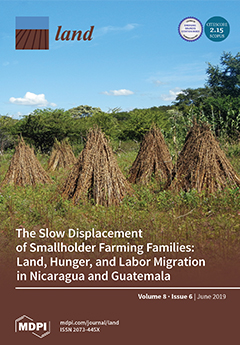Performance Analysis and Soil Quality Indexing for Dalbergia sissoo Roxb. Grown in Marginal and Degraded Land of Eastern Uttar Pradesh, India
The successful utilization of marginal and degraded lands for biomass and bioenergy production depends upon various factors such as climatic conditions, the adaptive traits of the tree species and their growth rate and respective belowground responses. The present study was undertaken to evaluate the growth performance of a bioenergy tree (Dalbergia sissoo Roxb.) grown in marginal and degraded land of the Mirzapur district of Uttar Pradesh, India and to analyze the effect of D. sissoo plantations on soil quality improvement over the study years.



